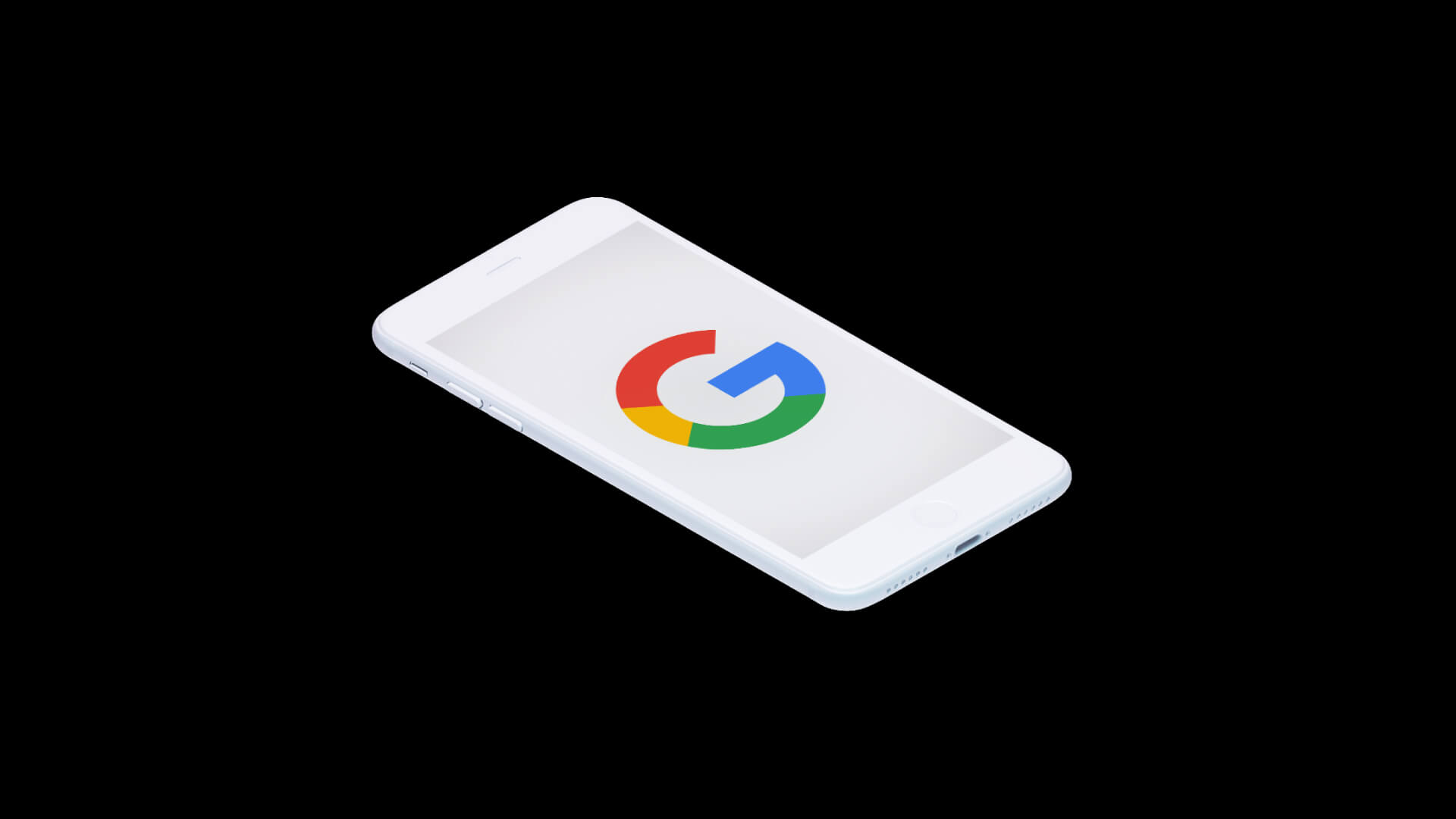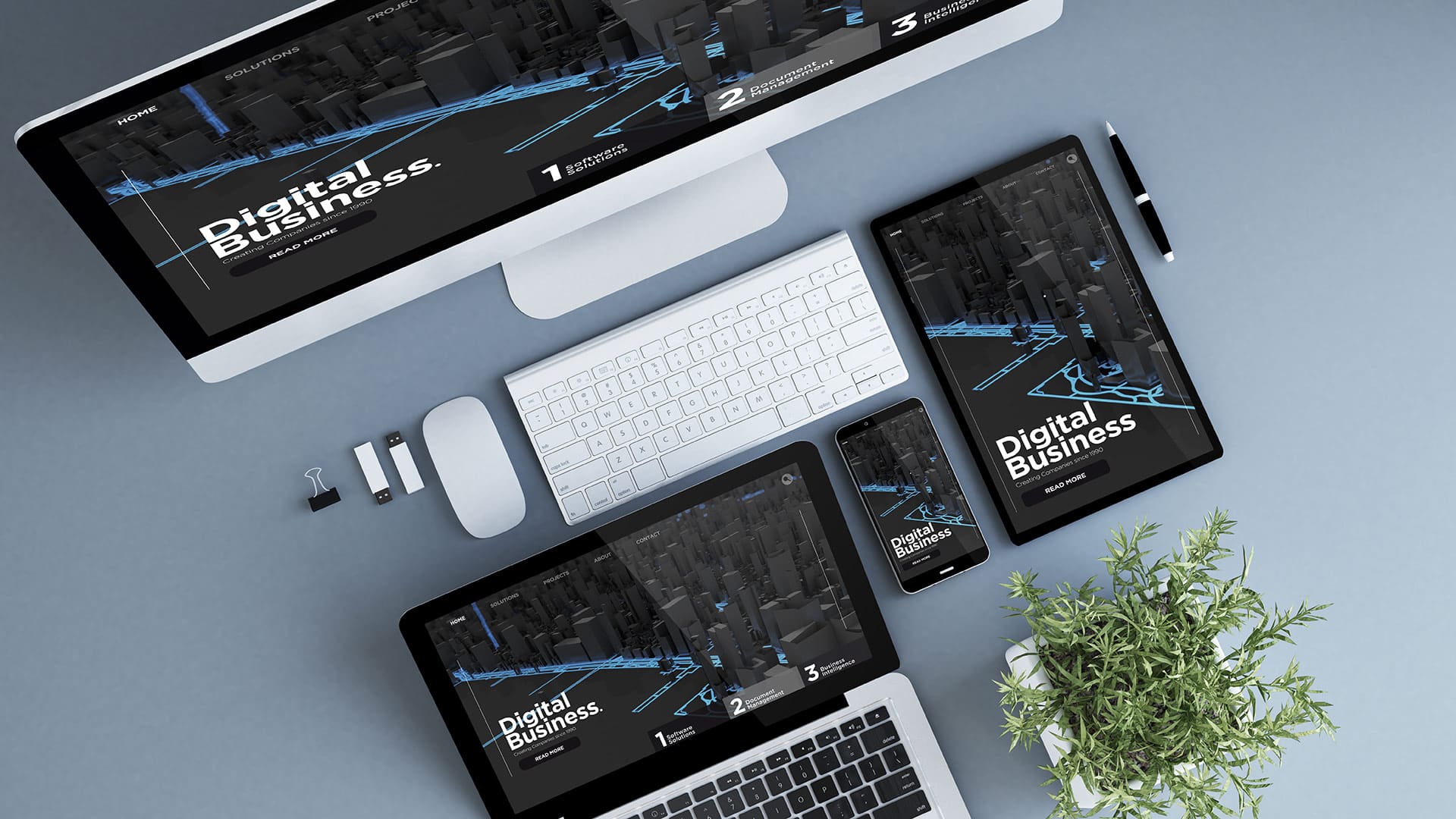The conversation about inclusivity and accessibility is rightfully becoming more and more commonplace. As we strive to make the world more accessible for those living with disability by providing aides such as ramps, lifts, and braille, so should we strive to make our digital world more accessible.
Digital accessibility is the practice of making websites, applications, and other digital content accessible to people with disabilities. It ensures that everyone, regardless of their abilities, can access and use digital content without encountering any barriers. Since much of our daily lives take place online, digital accessibility in marketing is becoming increasingly important as businesses recognise the need to provide equal access to their online content for all users.
Innovations and Implications
From a legal standpoint, the Disability Discrimination Act (DDA) 1992 outlines the legal obligations that businesses must ensure their digital content is accessible to all users, including those with disabilities.
But from a business standpoint, isolating and excluding a large portion of the market simply doesn’t make sense. Providing equal access to digital content can help to build trust and loyalty with customers, no matter their level of ability, and demonstrate that the business is committed to social responsibility and inclusivity. This helps to expand their reach and audience by providing content that is accessible to all.
A Picture’s Worth a Thousand Words – Literally
A massive 77% of Australians who live with a disability have a physical disability. When it relates to digital accessibility, this can affect dexterity, hearing and visual capabilities.
There are several ways in which businesses can ensure their digital content is accessible to all users. This includes ensuring that the content is compatible with assistive technologies, such as screen readers and speech recognition software, and providing alternative formats for users who may have difficulty accessing standard content. Using the built-in accessibility features on your chosen social media platforms can help users of such software.
It also involves ensuring that the design and layout of the content is clear and easy to navigate, with appropriate headings, labels, and alt text for images. Hashtags can be a headache for those who use text-to-speech software, but don’t be afraid to use them. The software can usually read long hashtags more easily when each word is capitalised. And let’s be honest, even those without visual impairments would probably find it easier on the eyes too. #SimpleFix
Leading the Way
ANZ Bank, Telstra, and QANTAS are three Australian businesses that have invested in the accessibility of their digital content. Here’s how they’ve done it.
ANZ Bank
ANZ Bank has been recognised for its commitment to digital accessibility, with several awards and accolades in this area. The bank has worked hard to ensure that its digital content is accessible to all users, including those with disabilities.
This includes providing alternative formats for documents and information, such as large print and audio versions, and ensuring that its online banking platform is compatible with assistive technologies.
ANZ Bank has also taken steps to ensure that its staff are trained in digital accessibility so that they can provide support and assistance to customers who may require it. This demonstrates the bank’s commitment to not only meeting its legal obligations but also to providing the best possible experience for all customers.
Telstra
Telstra has implemented a range of measures to ensure that its website and other digital content is accessible to all, including providing alternative formats and ensuring compatibility with assistive technologies.
In addition, Telstra has made a commitment to ensuring that its products and services are accessible to all users. This includes working with disability advocacy groups to ensure that its products are designed with accessibility in mind, and providing training and support to staff to ensure that they can aid customers with disabilities.
Qantas
Qantas has implemented a similar range of measures so that its website and digital content are accessible to all, also including alternative formats and compatibility with assistive technologies.
The airline company has also worked with disability advocacy groups to ensure that its products and services are accessible to all users. This includes implementing accessible seating options on flights and providing assistance and support to customers with disabilities.
Zoe White Care
As a self-managed NDIS plan provider, Zoe White Care required a website that was accessible to those with visual impairments. As such, SOAK Creative crafted a website with a variety of accessibility tools for the user to choose from including text size, greyscale and contrast options, limited photo and animations, underlined links and a neutral, readable font.

SOAK is Committed to Digital Accessibility for All Abilities
Digital accessibility is an increasingly important consideration for businesses. Ensuring that digital content is accessible to all users not only meets legal obligations but also demonstrates a commitment to inclusivity and social responsibility. Making extra consideration for accessible content has never been easier, especially when you have a dedicated team on hand.
To improve your business’s digital accessibility, reach out to the team at SOAK Creative.

